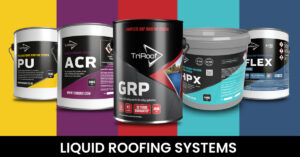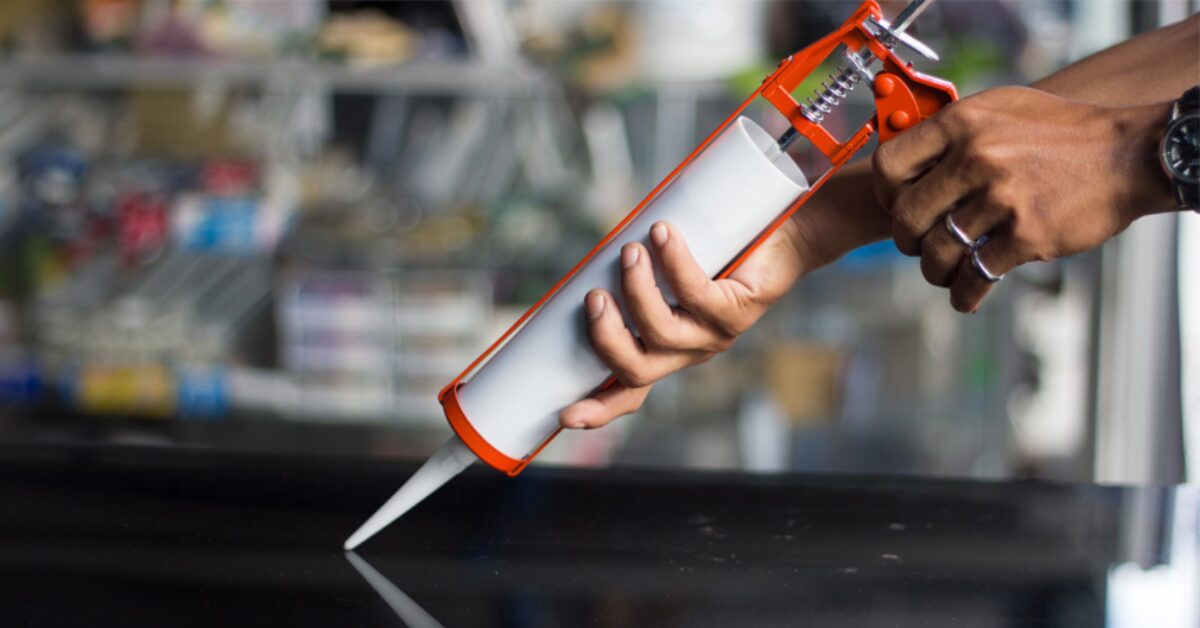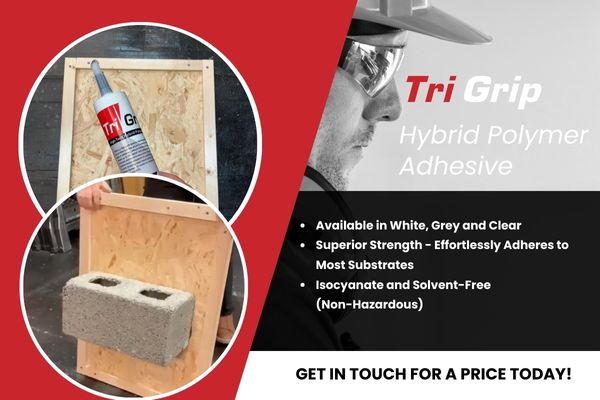
Sustainable Roofing: How TriRoof Supports Eco-Friendly Construction
Sustainability is no longer a luxury in construction—it’s a necessity. As the industry shifts toward greener practices, roofing systems are stepping up to play a key role. The TriRoof range from Tricel Composites offers a smart, eco-conscious alternative to traditional





